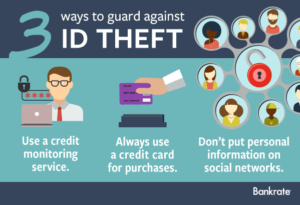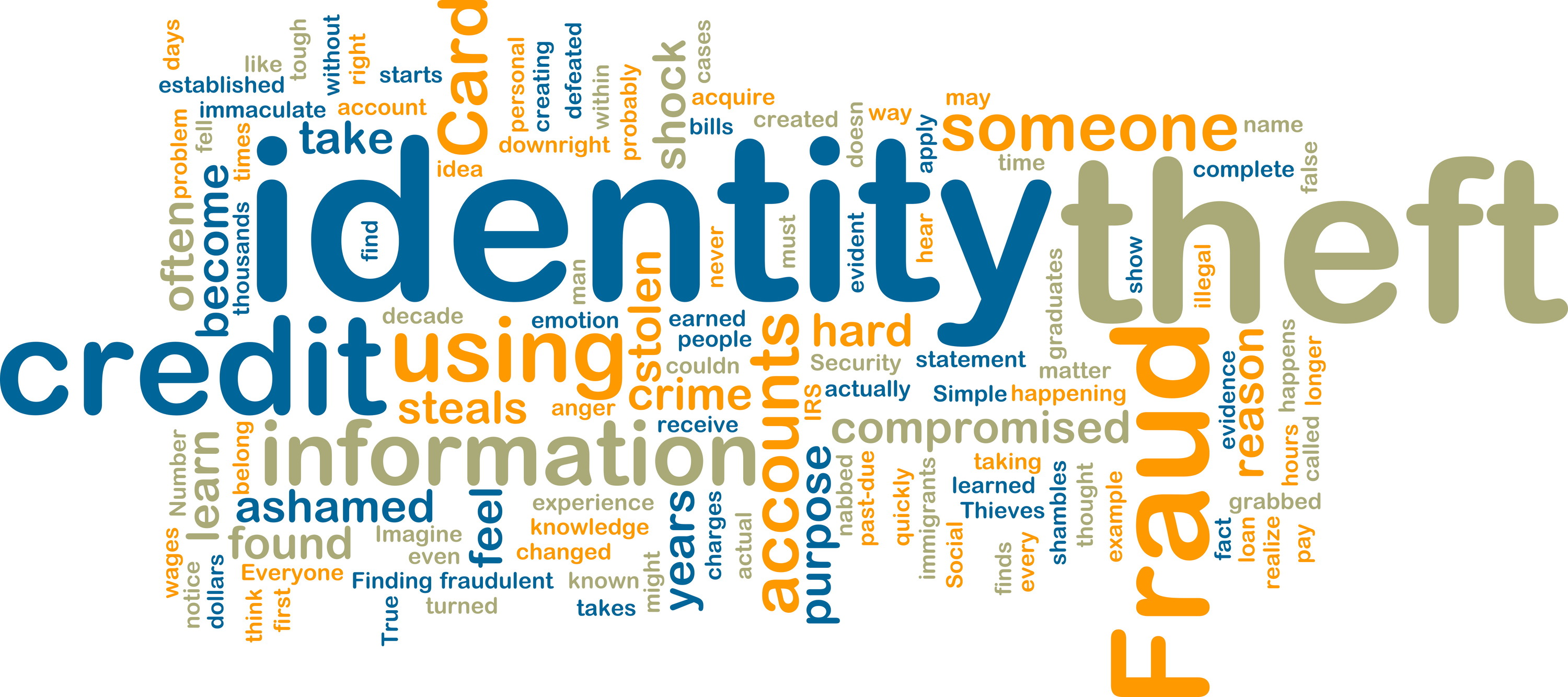Eight Tips to Prevent Identity Theft
Identity theft happens when someone steals personal information for financial gain. Tax-related identity theft happens when someone uses another person’s stolen Social Security number (SSN) or Employer Identification Number (EIN) to file a tax return to obtain a fraudulent refund.
Many people first find out they are victims of identity theft when they submit their tax returns. That’s because the IRS lets them know someone else already used their SSN to file.
The IRS continues to work hard to stop identity theft with a strategy of prevention, detection and victim assistance. So far, the agency has stopped millions of dollars from getting into the hands of thieves.
Check out these eight tips on how to protect against identity theft:
- Taxes. Security. Together. The IRS, the states and the tax industry need everyone’s help. The IRS launched The Taxes. Security. Together. awareness campaign in 2015 to inform people about ways to protect their personal, tax and financial data. Learn more at www.IRS.gov/TaxesSecurityTogether.
- Protect Personal and Financial Records. Taxpayers should not carry their Social Security card in their wallet or purse. They should only provide their Social Security number if it’s necessary. Protect personal information at home and protect personal computers with anti-spam and anti-virus software. Routinely change passwords for online accounts.
- Don’t Fall for Scams. Criminals often try to impersonate banks, credit card companies and even the IRS hoping to steal personal data. Learn to recognize and avoid those fake communications. Also, the IRS will not call a taxpayer threatening a lawsuit, arrest or to demand immediate payment. Beware of threatening phone calls from someone claiming to be from the IRS.
- Report Tax-Related ID Theft. Here’s what taxpayers should do if they cannot e-file their return because someone already filed using their SSN:
- File a tax return by paper and pay any taxes owed.
- File an IRS Form 14039, Identity Theft Affidavit. Print the form and mail or fax it according to the instructions. Include it with the paper tax return and/or attach a police report describing the theft if available.
- File a report with the Federal Trade Commission using the FTC Complaint Assistant.
- Contact Social Security Administration at www.ssa.gov and type in “identity theft” in the search box.
- Contact financial institutions to report the alleged identity theft.
- Contact one of the three credit bureaus so they can place a fraud alert or credit freeze on the affected account.
- Check with the applicable state tax agency to see if there are additional steps to take at the state level.
- IRS Letters. If the IRS identifies a suspicious tax return with a taxpayer’s stolen SSN, that taxpayer may receive a letter asking them verify their identity by calling a special number or visiting an IRS Taxpayer Assistance Center.
- IP PIN. If a taxpayer is a confirmed ID theft victim, the IRS may issue them an IP PIN. The IP PIN is a unique six-digit number that the taxpayer uses to e-file their tax return. Each year, they will receive an IRS letter with a new IP PIN.
- Report Suspicious Activity. If taxpayers suspect or know of an individual or business that is committing tax fraud, they can visit IRS.gov and follow the chart on How to Report Suspected Tax Fraud Activity.
- Service Options. Additional information about tax-related identity theft is available online. The IRS has a special section on IRS.gov devoted to identity theft and information for victims to obtain assistance.
Avoid scams. The IRS does not initiate contact using social media or text message. The first contact normally comes in the mail. Those wondering if they owe money to the IRS can view their tax account information on IRS.gov to find out.
Information from IRS Summertime tax Tip 2017-16 was used in this blog post.

